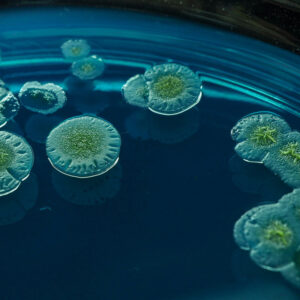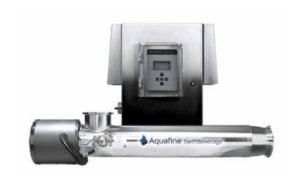Combating Opportunistic Premise Plumbing Pathogens with a Multi-Barrier Approach
 The challenge of eradicating waterborne opportunistic premise plumbing pathogens (OPPPs) such as Legionella, Mycobacterium, and Pseudomonas, requires innovative strategies beyond testing and remediations that an independent consultant such as Legionella Control Systems can provide. OPPPs pose a significant health risk, as evidenced by the estimated annual cost of diseases caused by these pathogens, amounting to hundreds of millions of dollars. These microorganisms thrive in drinking water systems, showing resilience to standard disinfection methods and the ability to form biofilms.
The challenge of eradicating waterborne opportunistic premise plumbing pathogens (OPPPs) such as Legionella, Mycobacterium, and Pseudomonas, requires innovative strategies beyond testing and remediations that an independent consultant such as Legionella Control Systems can provide. OPPPs pose a significant health risk, as evidenced by the estimated annual cost of diseases caused by these pathogens, amounting to hundreds of millions of dollars. These microorganisms thrive in drinking water systems, showing resilience to standard disinfection methods and the ability to form biofilms.
That is why one of the options that Legionella Control Systems will consider for waterborne pathogen control is a multi-barrier approach combining ultraviolet (UV) systems, filtration and chemical treatment.
Understanding OPPPs: Key Characteristics and Challenges
OPPPs, including Legionella pneumophila, Mycobacterium avium, and Pseudomonas aeruginosa, are not typical contaminants but are normal inhabitants of municipal and well water. They share traits that enhance their survival in water systems: resistance to disinfectants, ability to form biofilms, growth in low nutrient conditions, and even more resilience in stagnant water. Additionally, they can proliferate in phagocytic amoebae, which further complicates their eradication.
UV and Chemical Synergy: A Dual Disinfection Strategy
 The combination of UV and chemical disinfectants, such as copper silver ionization (CSI), chlorine, mixed oxidants, or monochloramines, offers a promising solution. For example, while certain OPPPs are resistant to chlorine, they are susceptible to UV radiation. Studies reveal that a relatively small dose of UV can lead to a significant reduction in these pathogens, making UV an excellent initial barrier. Implementing UV as a first line of defense may deactivate the majority of these pathogens as the water enters the facility or is prepared for the process.
The combination of UV and chemical disinfectants, such as copper silver ionization (CSI), chlorine, mixed oxidants, or monochloramines, offers a promising solution. For example, while certain OPPPs are resistant to chlorine, they are susceptible to UV radiation. Studies reveal that a relatively small dose of UV can lead to a significant reduction in these pathogens, making UV an excellent initial barrier. Implementing UV as a first line of defense may deactivate the majority of these pathogens as the water enters the facility or is prepared for the process.
Following UV treatment, and potentially microfiltration, the application of the chemical treatment can provide a residual disinfectant effect, helping to control biofilm formation and eliminate the remaining opportunitistic pathogens. This combined approach not only enhances the effectiveness of the treatment but also addresses the diverse nature of OPPPs.
Why It’s Important to Consider Treatment in the Context of a Water Management Plan
OPPPs are complex, so control measures should be considered in the context of a holistic plan. Areas that the independent experts at Legionella Control
Systems may consider include:
- Stagnant Water: Reducing conditions that create stagnant water can reduce the need for treatment and reduce treatment costs.
- Temperature Regulation: Similarly, maintaining proper temperatures in the water system can decrease numbers opportunistic waterborne pathogens.
- Disinfectant Selection: Careful consideration is required when choosing disinfectants. For instance, replacing one type of chemical with another mayimprove results for one organism but allow another to more easily thrive.
Next Steps
Controlling OPPPs in water distribution systems and premise plumbing is a multifaceted challenge. A combination of UV treatment, microfiltration and chemical disinfection, complemented by other control measures creates a comprehensive strategy that works both in the short term for remediation as well as long term pathogen control. This multi-barrier approach is crucial for effectively reducing the risk of OPPP-related diseases and ensuring safer water systems. Contact Legionella Control Systems for independent, expert advice today so you can begin to control OPPPs effectively.







